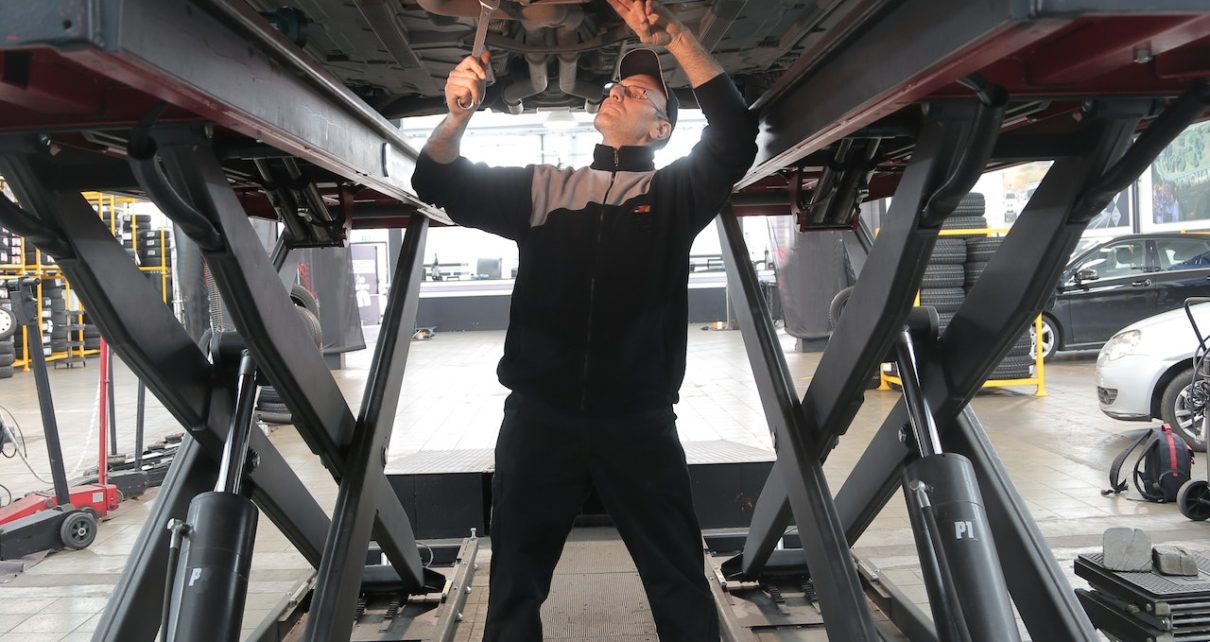The crankshaft is a vital component of an engine that converts the reciprocating motion of the pistons into rotational motion, which is used to power the wheels of a vehicle. A damaged or worn crankshaft can cause a variety of problems, including poor engine performance, increased fuel consumption, and increased emissions. If you suspect that your crankshaft may be damaged, it’s essential to have it inspected and replaced if necessary.
When it comes to changing a crankshaft, it’s essential to have the right tools and knowledge. The process can be quite complex and requires a certain level of mechanical expertise. It’s recommended that you have your crankshaft changed by a professional mechanic, but if you’re an experienced DIY mechanic and you have the right tools, you can change the crankshaft yourself.
The first step in changing a crankshaft is to remove the engine from the vehicle. This typically involves removing the transmission, the exhaust, and various other engine components. Once the engine is removed, you’ll need to disassemble it to access the crankshaft.
Once you have access to the crankshaft, you’ll need to remove the main bearings and the connecting rods. This is done by using a bearing puller and a rod cap remover. Be sure to keep track of the order of the bearings and connecting rods, as they need to be reinstalled in the correct order.
After the bearings and connecting rods have been removed, you can remove the crankshaft. To do this, you’ll need to use a crankshaft pulley remover, which is a specialized tool that is designed to remove the crankshaft pulley. Once the pulley is removed, the crankshaft can be pulled out of the engine.
Now that the old crankshaft has been removed, you can install the new one. To do this, you’ll need to clean the crankshaft journals and the main bearing bores, and then install new bearings and connecting rods. Be sure to install the bearings and connecting rods in the correct order, and then install the crankshaft into the engine.
Once the new crankshaft is installed, you’ll need to reassemble the engine, reinstall it into the vehicle, and then test drive it to ensure that everything is working properly.
It is important to note that this process is complex and can be dangerous if not done properly. It is highly recommended that you seek a professional to change your crankshaft if you are not comfortable with the process.
In summary, changing a crankshaft is a complex process that requires specialized tools, knowledge and experience. It’s important to use high quality parts and follow the correct procedures to ensure that your engine runs smoothly and efficiently after the change. If you’re not confident in your mechanical abilities, it’s best to seek professional assistance.

